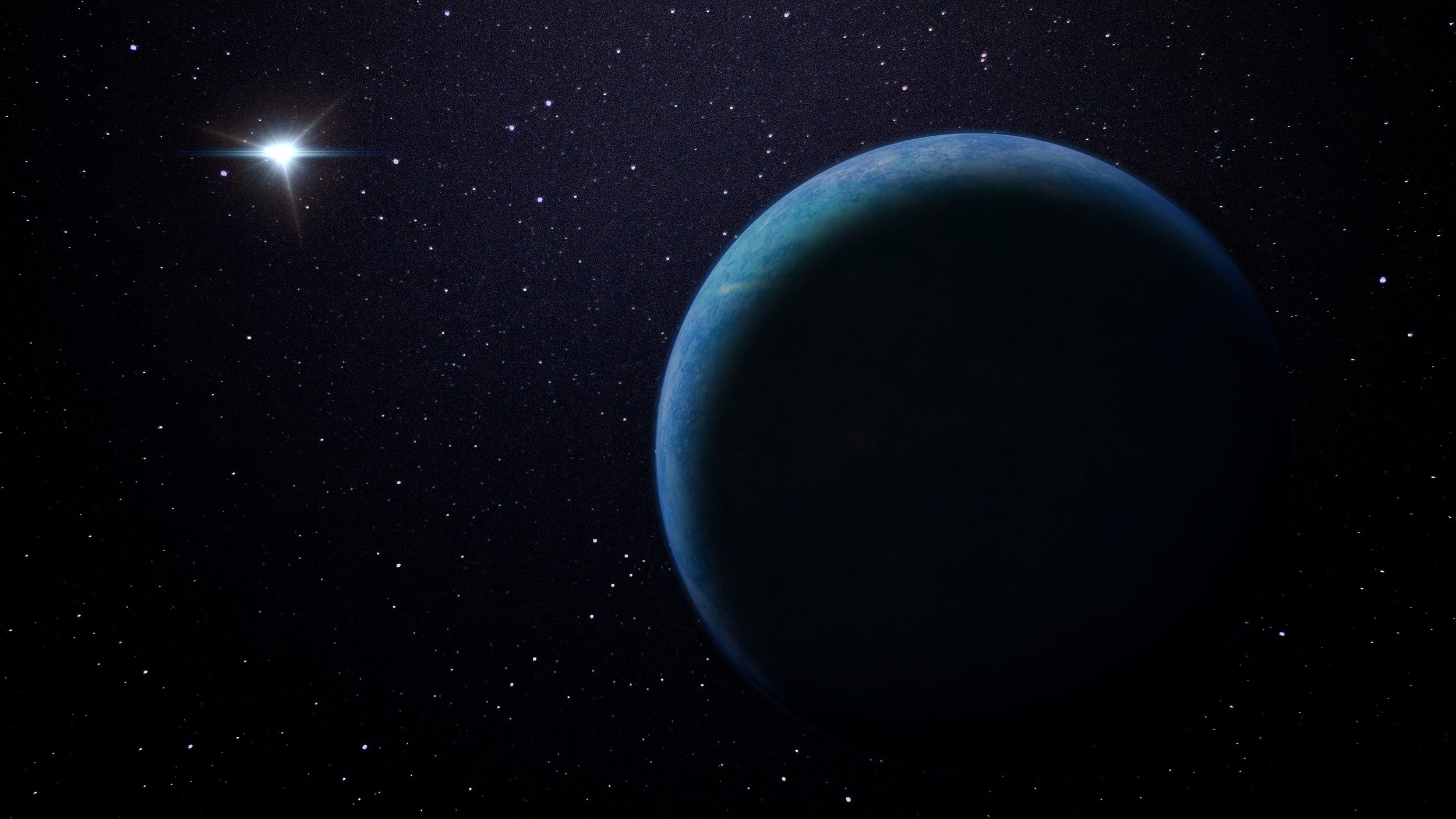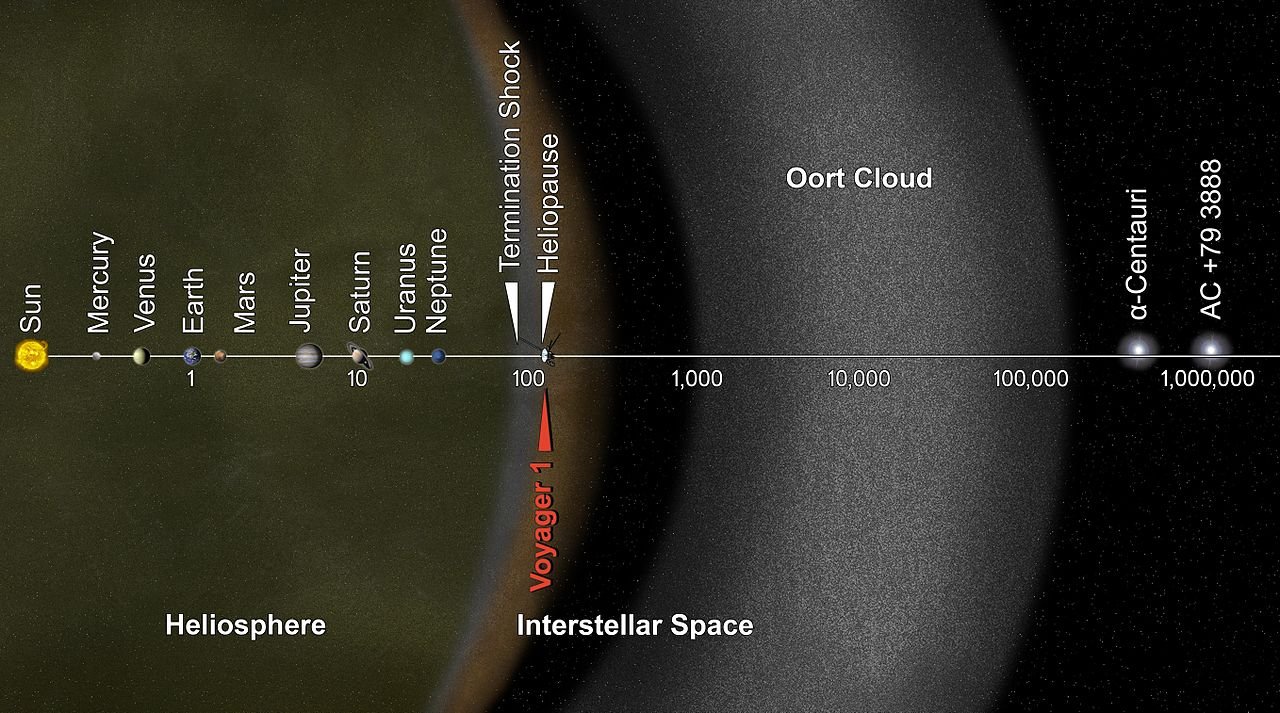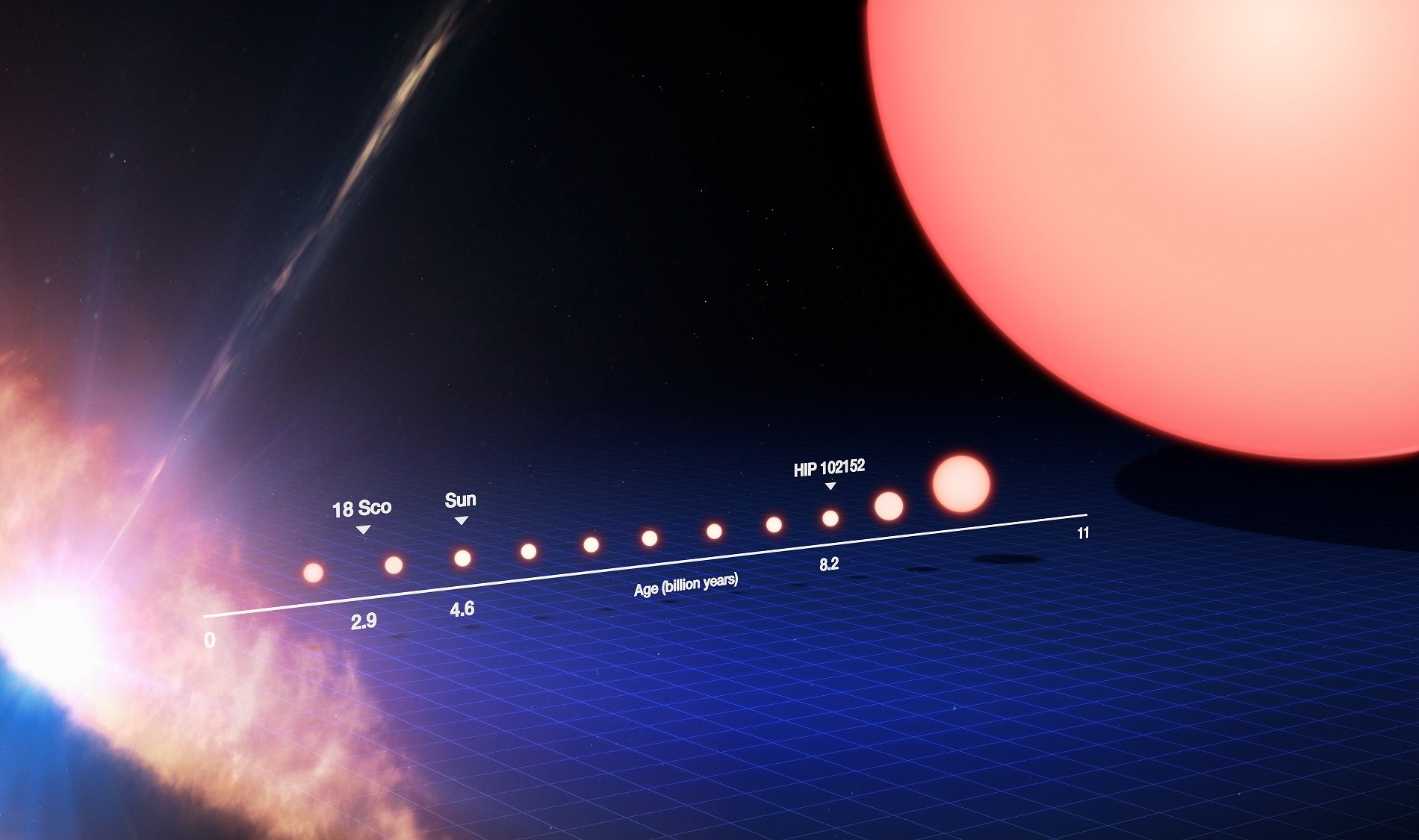Interstellar travel without a spaceship is possible – Here’s how:
Research published in the International Journal of Astrobiology proposes a fascinating theory where advanced extraterrestrial civilizations can travel among the stars without the need for an interstellar spaceship.
In her paper, physics and astronomy professor Irina K. Romanovskaya postulates the possibility of using rogue planets (or free-floating planets, as she calls them) for interstellar transport.

SEARCH FOR EXTRATERRESTRIAL LIFE
Romanovskaya also proposes potential ‘technosignatures‘ (measurable characteristics or effects that offer scientific evidence of past or present technology) that may be produced by extraterrestrial civilizations employing rogue planets for interstellar migration. Additionally, she stipulates approaches on how to potentially search for these technosignatures to enhance our search for extraterrestrial life.
One can imagine several reasons for extraterrestrial civilizations to leave their home planetary systems: Out of curiosity, aiming for exploration, or out of necessity because of the existence of an existential threat such as climate change that got out of hand, war, or a dying home star.
BENEFITS OF EMPLOYING A ROGUE PLANET FOR INTERSTELLAR TRAVEL
In the latter scenario, civilizations are likely to run into problems fairly quickly as they attempt to migrate away from their home system. Romanovskaya explains that they would probably face severe or insurmountable problems if they were to use spacecraft to migrate substantial populations over interstellar distances. (See the problem with ‘world ships’)
These issues got Romanovskaya thinking. Is there another method for advanced extraterrestrial civilizations to migrate to another planetary system? She concluded that rogue planets could be a viable solution if utilized cleverly.
The benefit of using rogue planets for interstellar migration is that they provide travelers with a lot of space and resources in addition to protection from radiation and consistent gravity. Think of liquid water just below the surface sustained by radiogenic and primordial heat of the planet, which can be used for consumption or to build underwater habitats that shelter inhabitants from the high radiation levels encountered in interstellar space.
HOW USE A ROGUE PLANET FOR INTERSTELLAR MIGRATION?
But how would we be able to catch a lift on a rogue planet? This can be achieved in several ways, according to Romanovskaya.
One possibility is just to wait for one to pass through their home planetary system. Research has shown that there may be more rogue planets than stars in the Milky Way. This means that from time to time, rogue planets may pass through the outer regions of planetary systems. If the outer regions are colonized, it is relatively manageable to cover the distance to such a passing rogue planet.
Romanovskaya describes a situation in our own solar system where, for example, propulsion systems could be attached to a trans-Neptunian object. Clever use of gravity assists events involving other Oort cloud objects, could change the object’s trajectory, and bring it close to a rogue planet passing through the Oort cloud. When the object nears its periastron, a migrating civilization could use conventional spacecraft to ‘hop on,’ so to say.

Of course, this approach has a significant downside as one has to wait for such a planet to pass by. This is certainly not ideal in case of an existential threat.
Another option for an advanced extraterrestrial civilization would be to release an existing dwarf planet from its gravitational bounds to their home planetary system and its parent star, effectively converting it into a rogue planet.
Dwarf planets akin to Sedna in our own solar system are ideal for this type of scenario due to their highly eccentric orbit. Energy requirements for changing the speed of larger planets located at a distance of 40 astronomical units or less are significantly higher compared to the amount of energy needed to change the speed of a dwarf planet like Sedna at a distance of 500 astronomical units or more.
The amount of energy needed to move a dwarf planet at highly eccentric would still be huge. However, Romanovskaya puts this in perspective by identifying that only a few hundred years ago, our primary method of transportation over land was by horse, while currently, we are capable of outputting millions of times that power with modern rocket engines.
Romanovskaya: “A civilization, which is several hundred years or millennia ahead of humankind in its technological development, may use advanced propulsion technologies and gravity-assist events to convert Oort-cloud objects to free-floating planets.”
It is also possible for a dwarf planet to be flung out of its planetary system by the parent star. This can happen when the star transforms into a supernova or red giant. (In such a case, there is reason enough for an advanced civilization to leave the planetary system, to begin with).
In theory, the advanced extraterrestrial civilization could relocate to a dwarf planet in the outer reaches of the planetary system to be flung out of the system by the parent star as it expands from a main sequence star to a red giant, as there is a critical distance from which objects are pushed out of the planetary system instead of remaining bound to the dying star.

WHY NOT PERMANENTLY SETTLE ON A ROGUE PLANET
In all the scenarios mentioned above, the civilization ends up on a planet wandering through the galaxy. So why not stay there instead of going to the trouble of moving again?
According to Romanovskaya, a rogue planet should only be considered as a means of transportation between stars and not a new home. Rogue planets do not remain very hospitable over a long stretch of time.
Eventually, the heat produced in the interior of a rogue planet will start to diminish, which means that it won’t be able to sustain liquid water indefinitely. In addition, rogue planets have a limited supply of resources and energy compared to a planetary system with a star at its center.
THE PROBLEM WITH ‘WORLD SHIPS’
So how likely is it that there are actually inhabited rogue planets moving through our galaxy? As it stands, the answer to this question remains a mystery. Nonetheless, the scenario is not an unthinkable one if you ask Romanovskaya.
Research tells us that building an interstellar spaceship capable of moving entire civilizations (sometimes referred to as ‘world ships’) is extremely difficult. 
If such an interstellar world ship treks at less than one percent of the speed of light, it would take hundreds of years to reach its destination in another planetary system.
Romanovskaya: ”Passengers’ health and their ability to transfer knowledge and skills to next generations on the ship would require a very large number of passengers.”
In fact, a 2014 study published in Acta Stronautica indicates that approximately 44 thousand travelers would be required to survive a 150-year interstellar trip in good health. (This estimation is at the lower end, other studies put this number closer to a quarter of a million)
However it may be, the larger the number of passengers, the more enormous their world ship would need to be and the more difficult it would be to construct it and send it to other planetary systems. At a certain point, it becomes more viable to employ a rogue planet for this task benefiting from plentiful space, the protection from radiation, the enduring gravity, and the availability of liquid water.
After more than 60 years of searching for intelligent extraterrestrial life, we have yet to find anything. Traditionally scientists look for life within the habitable zone of planetary systems. If it’s up to Romanovskaya, we should expand our search to incorporate the outer regions of planetary systems and rogue planets as well.
If you are interested in reading more about the subject, be sure to explore the paper published in the International Journal of Astrobiology listed below.

